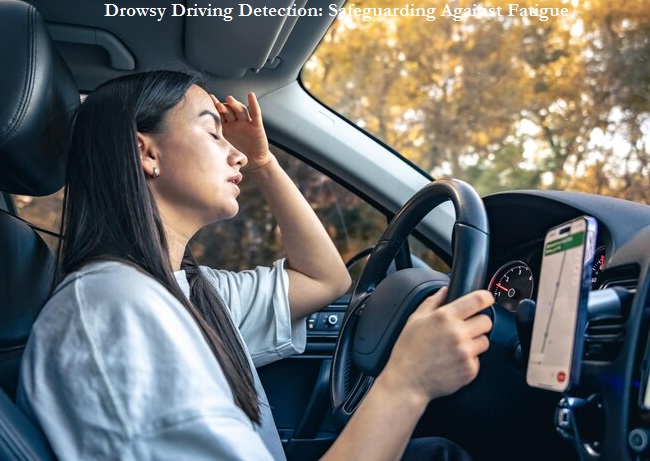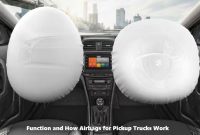Every year, drowsy driving contributes to countless accidents and fatalities on our roads. It’s a serious issue that can have dire consequences. Thankfully, drowsy driving detection has stepped in to help combat this problem.

How Drowsy Driving Detection Works
This opportunity, we’ll delve into drowsy driving detection systems and how they’re making our roads safer. This technology system utilizes a variety of sensors to monitor a driver’s behavior.
These sensors can track factors like steering patterns, lane deviations, and even eye movement. When signs of fatigue are detected, the system issues warnings to alert the driver.
The warnings can take various forms, such as audible alerts, visual cues on the dashboard, or even haptic feedback through the steering wheel or seat. These alerts are designed to jolt the driver out of their drowsy state and encourage them to take a break or pull over.
Drowsy Driving Detection Benefit
The Drowsy Driving Detection feature has many benefits summarized on Instagram @kyc.safety. One of them is to reduce driver stress. This is increasingly felt when driving a car for a long trip. This feature can also prevent accidents. When the driver is sleepy or tired, this feature displays a warning so that there is no fatal risk. Drivers are automatically more alert thanks to this feature.
Drowsy Driving Detection Facts
Here several fact of this feature.
Fatigue Predictive Technology
Some advanced systems employ predictive technology to anticipate fatigue before it sets in. On the other hand, by analyzing driving patterns and physiological data, these systems can detect signs of drowsiness early and provide timely warnings.
Artificial Intelligence (AI)
AI plays a crucial role in enhancing this technology. Furthermore, machine learning algorithms can continuously adapt and improve the accuracy of these systems by analyzing vast amounts of driving data.
The Future Potensial
As technology continues to develop and advance, we can use even more sophisticated drowsy driving detection systems. These may include non-invasive biometric sensors that monitor a driver’s vital signs to assess fatigue accurately.
Integrating with Driver Assistance Systems
Many modern vehicles come equipped with driver assistance systems like adaptive cruise control and lane-keeping assist. Then, this technology can work seamlessly with these features, creating a multi-layered safety net.
Commercial and Fleet Use
This technology is particularly valuable for commercial truck drivers and fleet operators. These systems can help prevent accidents caused by fatigue, protecting both drivers and other road users.
Public Awareness
Education and public awareness campaigns also play a vital role in combating drowsy driving. Then, knowing the dangers and recognizing the signs of fatigue can encourage responsible driving behavior.
Legal Implications
In some regions, there are legal implications for drowsy driving. Drivers found to be operating a vehicle while fatigued may face fines or even criminal charges, depending on the severity of the incident.
Drowsy driving detection systems are a critical tool in the fight against fatigue-related accidents. They combine advanced technology, artificial intelligence, and driver assistance systems to keep us safe on the road. Together, technology and informed drivers can help reduce the risks associated with drowsy driving and make our roads safer for everyone. /puji



